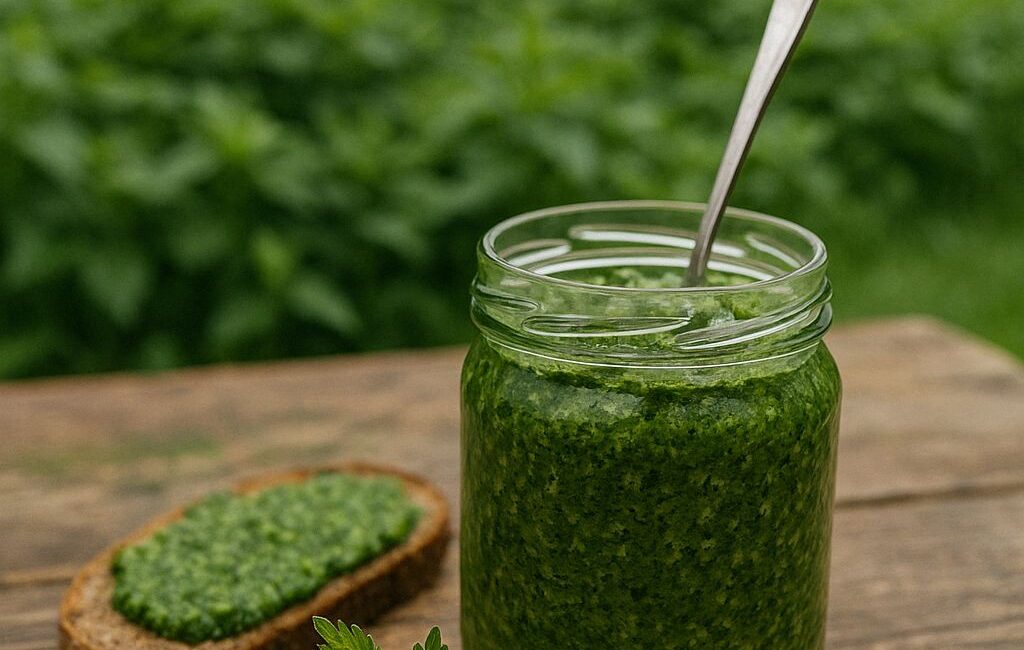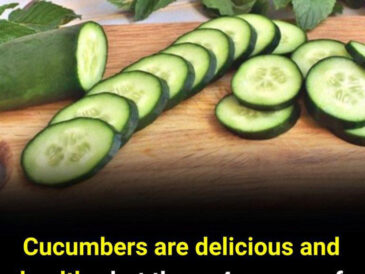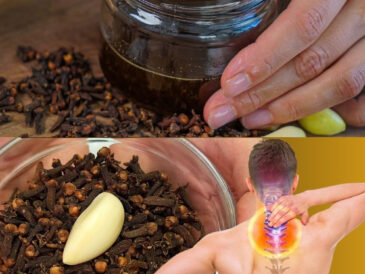Incorporating nettles into your diet, such as through a nettle pesto, can help to nourish your hair and skin from the inside out, giving you a natural glow.
5. Rich in Antioxidants
Nettles are packed with antioxidants, including flavonoids, carotenoids, and vitamin C, all of which help to neutralize free radicals in the body. Free radicals are unstable molecules that can damage cells and contribute to the aging process, as well as the development of chronic diseases such as cancer and heart disease. By consuming nettles regularly, you can boost your body’s ability to fight oxidative stress and promote long-term health.
The Ingredients of Spring Nettle Pesto: What Makes It Special?
Spring nettle pesto is made using a combination of fresh, seasonal ingredients that work together to create a flavorful and nutrient-dense sauce. Let’s take a closer look at each of the ingredients in the pesto and explore their individual benefits:
1. Nettle Leaves (2 Handfuls)
Nettle leaves are the star ingredient of this pesto. Fresh nettles are best harvested in the spring, when the leaves are young and tender. The leaves can be found in wild areas, often in damp soil or near water sources. Be sure to wear gloves when handling fresh nettles, as they have tiny stinging hairs that can cause skin irritation. Once cooked or blended, the stinging effect of nettles is neutralized, making them perfectly safe to consume.
If you cannot find fresh nettles, dried nettles can be used, though the flavor and texture may differ slightly. Nettle leaves are packed with vitamins, minerals, and antioxidants, making them a fantastic addition to your pesto.
2. Garlic (1 Clove)
Garlic is a key ingredient in many pesto recipes, adding a savory, pungent flavor that complements the earthiness of the nettles. Garlic is also well known for its numerous health benefits, including its ability to boost the immune system, reduce inflammation, and improve heart health. The allicin compound found in garlic has powerful antibacterial and antiviral properties, making garlic a great addition to any recipe designed to promote health and wellness.
3. Olive Oil (1/2 Cup)
Olive oil is the base of most pesto recipes, providing richness and smoothness to the sauce. Olive oil is also a heart-healthy fat, rich in monounsaturated fatty acids (MUFAs) that help reduce bad cholesterol levels and lower the risk of heart disease. It also contains powerful antioxidants, such as vitamin E and polyphenols, which help protect the body from oxidative stress.
The olive oil in this pesto serves not only to create a creamy texture but also to enhance the absorption of fat-soluble vitamins in the nettles and other ingredients.
4. Walnuts or Sunflower Seeds (2 Tablespoons)
Nuts and seeds are essential in pesto recipes for adding texture and richness. Walnuts are a particularly good choice, as they are rich in omega-3 fatty acids, which support brain health and reduce inflammation. They also contain protein, fiber, and vitamins that contribute to overall wellness.
If you prefer a nut-free pesto or have a nut allergy, sunflower seeds are an excellent alternative. They are also rich in healthy fats, protein, and vitamins, making them a nutritious addition to the pesto.
5. Cheese (1-2 Tablespoons)
Cheese adds creaminess and a savory umami flavor to the pesto. Parmesan or Pecorino Romano are common choices, but you can also opt for a dairy-free cheese if you prefer a vegan version. The cheese in the pesto provides a boost of calcium and protein, further enriching the nutritional profile of the sauce.
6. Salt and Lemon Juice (To Taste)
Salt enhances the flavors of the pesto, bringing out the richness of the nettles, garlic, and olive oil. Lemon juice adds a bright, zesty note that balances the earthiness of the nettles and enhances the overall flavor of the pesto. It also provides a dose of vitamin C, which supports immune health.
How to Make Spring Nettle Pesto
Making spring nettle pesto is simple and quick. Follow the steps below to create your own batch of this delicious and nutrient-packed pesto:
Ingredients:
- 2 handfuls of fresh nettle leaves (young and tender)
- 1 clove of garlic
- 1/2 cup olive oil
- 2 tablespoons walnuts or sunflower seeds
- 1-2 tablespoons cheese (optional)
- Salt, to taste
- Lemon juice, to taste
Instructions:
- Prepare the Nettles:
Carefully pick the nettle leaves, wearing gloves to protect your hands from the stinging hairs. Rinse the leaves thoroughly to remove any dirt or debris. To make the nettles safe to eat, blanch them by briefly immersing them in boiling water for 1-2 minutes, then drain and immediately transfer them to ice water to stop the cooking process. - Blend the Ingredients:
In a food processor or blender, combine the blanched nettle leaves, garlic, walnuts or sunflower seeds, and cheese (if using). Add the olive oil in a slow stream as the machine runs to help emulsify the pesto and create a smooth, creamy texture. - Season and Adjust:
Once everything is blended together, taste the pesto and adjust the seasoning. Add salt to taste and squeeze in lemon juice to brighten the flavor. You can also add more olive oil if you prefer a thinner consistency or more lemon for extra zing. - Serve and Enjoy:
Your spring nettle pesto is now ready to enjoy! Serve it over pasta, spread it on toast, mix it into a grain bowl, or use it as a dip for fresh vegetables. The possibilities are endless!
Creative Ways to Use Spring Nettle Pesto
Spring nettle pesto can be used in a variety of dishes to add a burst of fresh, herby flavor. Here are some creative ways to incorporate this nutrient-packed pesto into your meals:
- Pasta: Toss your favorite pasta with nettle pesto for a quick and flavorful meal. You can also add sautéed vegetables or grilled chicken for extra protein.
- Sandwiches and Wraps: Spread nettle pesto on sandwiches or wraps for a fresh, vibrant twist. It pairs well with roasted vegetables, grilled meats, or cheese.
- Grain Bowls: Top a grain bowl (quinoa, farro, rice) with nettle pesto for added flavor and nutrition. Add protein-rich foods like beans, chickpeas, or tofu for a well-rounded meal.
- Pizza: Use nettle pesto as a base sauce for a pizza. Top it with cheese, roasted vegetables, or even a drizzle of balsamic glaze for a unique twist.
- Dips: Serve nettle pesto as a dip for fresh vegetables, crackers, or pita bread. It’s a great option for healthy snacking or as a party appetizer.
Conclusion: A Healthy, Flavorful Way to Embrace Spring
Spring nettle pesto is a delicious and versatile way to enjoy the benefits of fresh, wild nettles. Packed with nutrients, antioxidants, and health-boosting properties, this pesto is an excellent addition to your spring and summer meals. Whether you’re tossing it with pasta, spreading it on sandwiches, or using it as a dip, nettle pesto offers a fresh, vibrant flavor that celebrates the season’s bounty.
By making this simple and nutritious pesto at home, you’re not only nourishing your body but also connecting with nature’s seasonal offerings. So, the next time you’re out for a spring walk and spot some nettles, grab a handful (with gloves!) and try making your own batch of spring nettle pesto—your taste buds and your health will thank you!




